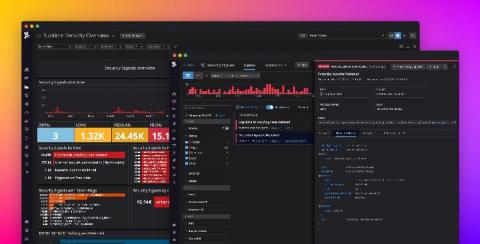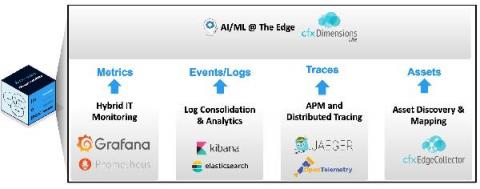Peace out this holiday season by securing every transaction against card-not-present fraud
We are about to enter the most wonderful time of the year. As consumers increasingly turn towards online and mobile commerce, are you confident in your card-not-present fraud detection capabilities? 2020 has been a year of great surprise and change. While the global health pandemic has changed how we physically interact with each other, it has also revolutionized how we shop.











